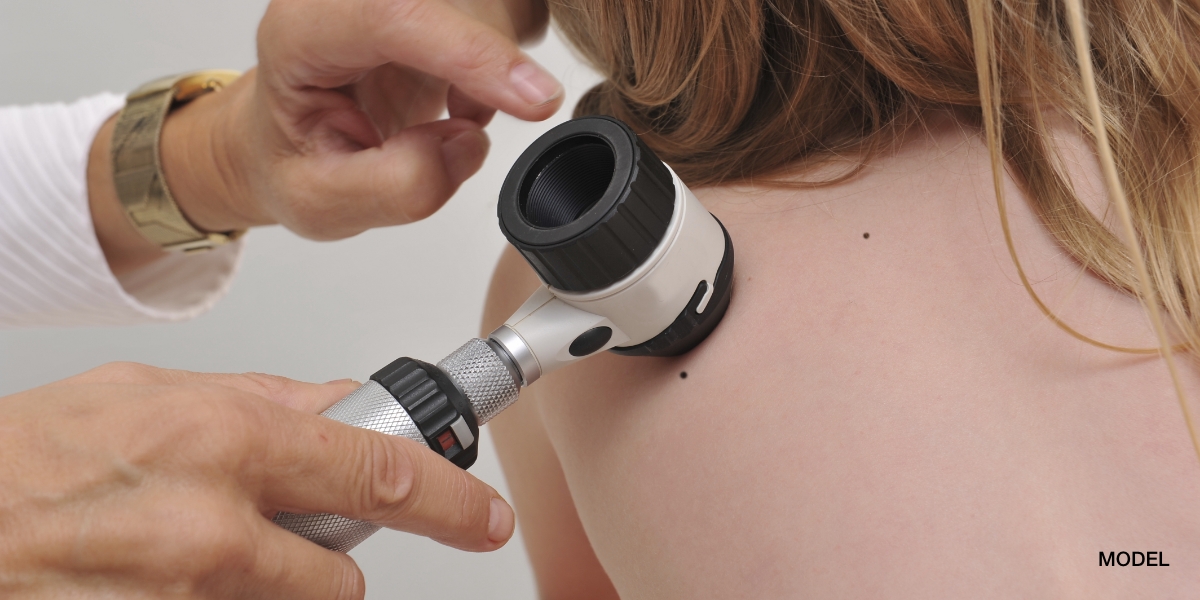Amelanotic Melanoma is a rare variant of melanoma that I occasionally encounter in both my The Woodlands dermatology and Conroe dermatology offices. Amelanotic Melanoma “breaks the rule” of other melanomas in that it does not have clinically apparent pigment so these melanomas do not have the characteristic black, brown or blue coloration. Thus, detection of Amelanotic Melanomas necessitates patients and dermatologists recognizing suspicious clinical features such as a lesion changing size/shape or the lesion developing symptoms such as bleeding or pain. Amelanotic Melanomas are commonly mistaken clinically for basal cell cancers or pyogenic granulomas. Treatment of Amelanotic Melanoma is wide excision with or without a sentinel lymph node biopsy as well as lifelong surveillance by a board certified dermatologist.
November 6, 2011

Medically reviewed by Anthony J. Perri, M.D.
You May Also Like



Request a Consultation (Sidebar)
Recent Posts
Categories
- Uncategorized (512)
Tags
acne (6)
acne treatment (3)
acne vulgaris (2)
basal cell carcinoma (2)
biopsy (3)
cold urticaria (1)
common skin conditions (11)
dermatologist (15)
dermatology (7)
dr. perri (8)
dry skin (1)
eczema (2)
filiform (1)
health (3)
Herpes (1)
herpessimplex (1)
hives (2)
indentification (1)
keratosis pilaris (1)
Lichen Planopilaris (1)
melanoma (2)
moles (3)
periungual (1)
perri dermatology (10)
prevention (2)
rashes (2)
rosacea (3)
rosacea therapy (2)
skin cancer (6)
skin cancer screening (5)
skin care (2)
skin checks (8)
skin condition (6)
skin conditions (8)
skin damage (2)
skin exam (8)
summertime (3)
sunburn (3)
sunburns (2)
Sunprotection (1)
sunscreen (2)
virus (1)
warts (2)
why perri dermatology (3)
woodlands dermatologist (6)
